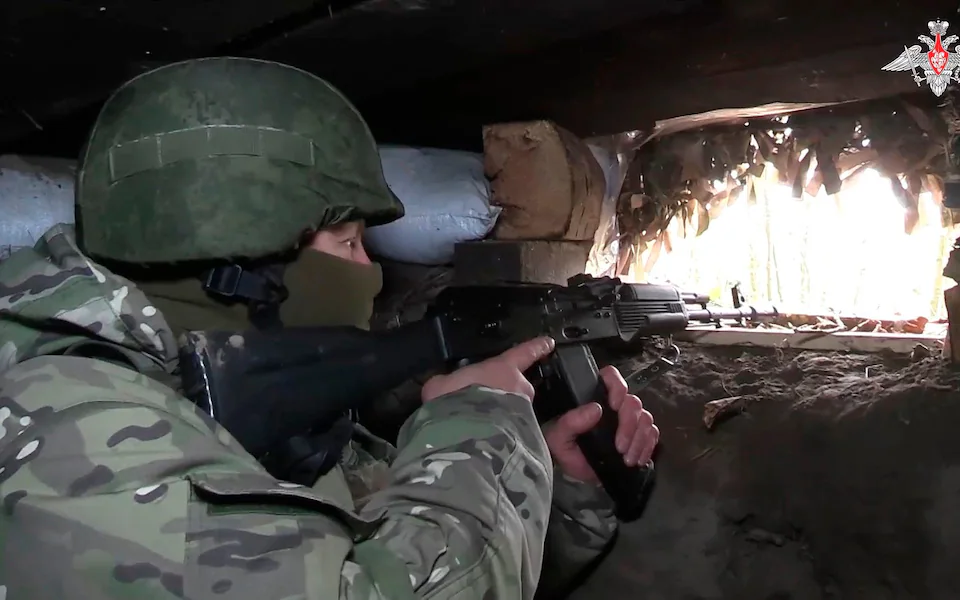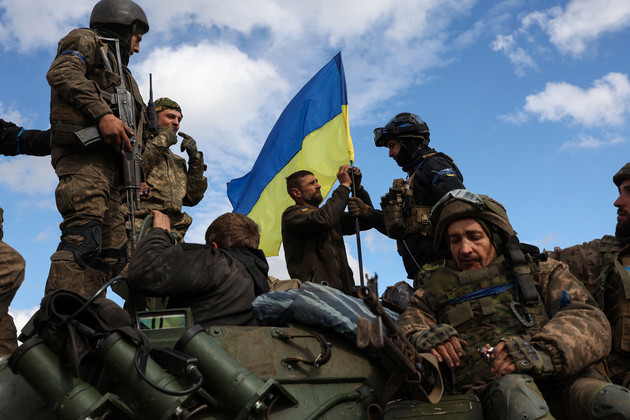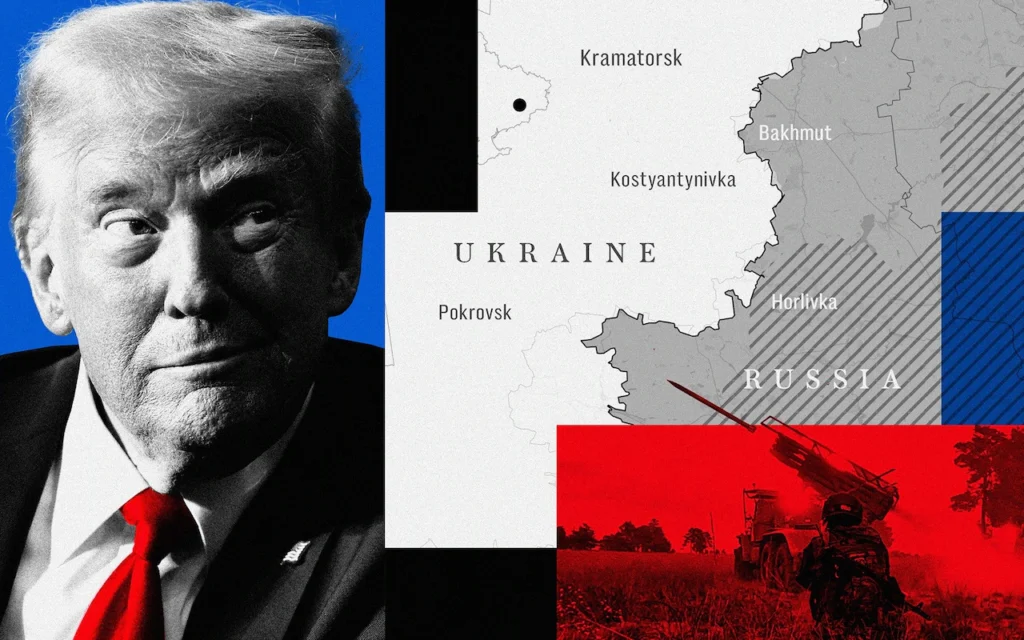Putin deploys 50,000 Russian and North Korean troops to recapture Kursk before Trump’s inauguration, intensifying the Ukraine conflict as Western allies brace for potential escalations.
Russian President Vladimir Putin has reportedly deployed a force of over 50,000 Russian and North Korean troops in an ambitious offensive to seize control of the Kursk region from Ukraine before U.S. President-elect Donald Trump’s January inauguration. Western defense officials and Ukrainian military sources warn this could mark a critical escalation in the war as winter sets in, with intensified Russian attacks aimed at shifting power dynamics in anticipated peace negotiations.

The operation, which involves thousands of North Korean conscripts deployed under a Russia-North Korea military pact, represents one of the largest coordinated efforts by Moscow in recent months, NATO intelligence suggests. British defense reports indicate that Russia is bolstering the offensive with kamikaze drone attacks from new launch sites near Ukraine’s border, adding urgency to Ukraine’s defensive efforts.
General Oleksandr Syrskyi, Ukraine’s top military commander, stated that “tens of thousands of enemy soldiers from the best Russian shock units” are advancing on Ukrainian positions, particularly around Kursk and the northeastern Sumy region reported by Telegraph. The Russian force’s objective may be to quickly reclaim lost ground and establish stronger territorial leverage before January 20, the date of Trump’s planned inauguration.

In response to the escalation, Ukrainian President Volodymyr Zelensky has cautiously acknowledged Trump’s election victory and called on him to uphold U.S. military support. Trump, who campaigned on promises to broker peace in Ukraine “within a day,” reportedly urged Putin to avoid worsening the conflict in a phone call after the election. Although the Kremlin denies the call took place, U.S. media outlets report that Trump warned Putin against increasing hostilities.
Western leaders are rallying to support Ukraine’s efforts, with British and French officials meeting in Paris to discuss strategies to strengthen Ukraine’s position. Downing Street underscored the need to prepare Kyiv for the approaching winter as the conflict’s toll on Ukrainian resources grows. The Biden administration has pledged to expedite the delivery of $4.3 billion in redirected U.S. weapons and $2.1 billion in new contracts for supplies to support Ukraine’s defenses.
John Healey, the U.K. Defence Secretary, supported Trump’s stance against further escalation but emphasized a continued policy of “security through strength.” Meanwhile, concerns mount that Trump’s future foreign policy could include reduced aid to Ukraine, with some allies wary that any shift in U.S. support may disadvantage Ukraine in negotiations.
Military analysts note that Putin’s apparent strategy—securing gains around Kursk and advancing toward the eastern Donbas—would bolster Russian positions in case of peace talks where territorial concessions could be on the table. Fighting in Donbas has intensified, with Russian forces bypassing major Ukrainian fortifications to target the town of Pokrovsk, a critical supply hub.
With dwindling manpower and supplies, Ukraine is bracing for what analysts describe as one of the most consequential battles of the conflict, as the Kremlin eyes strategic control in the northeast and U.S. foreign policy faces a transition.
Source: The Telegraph



